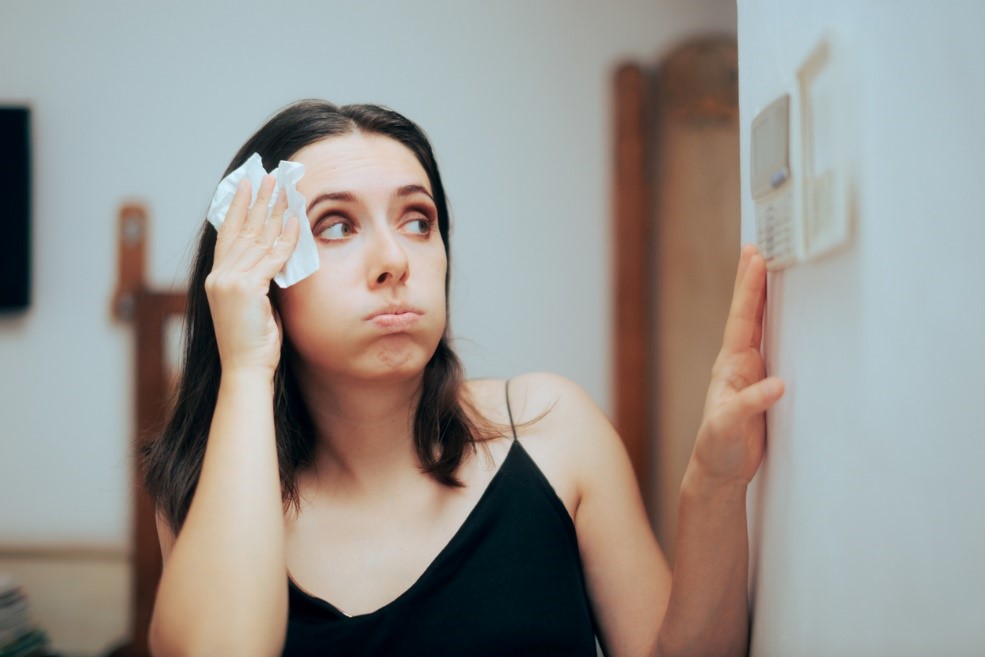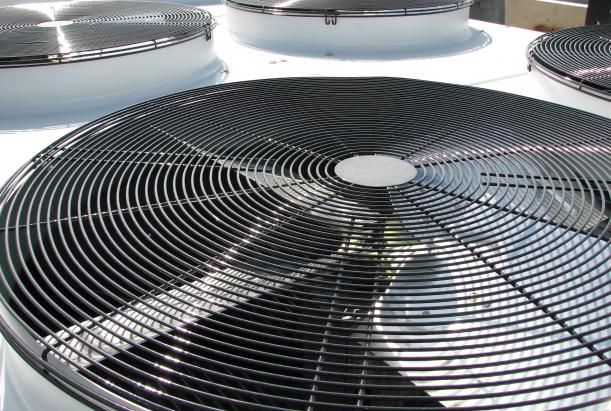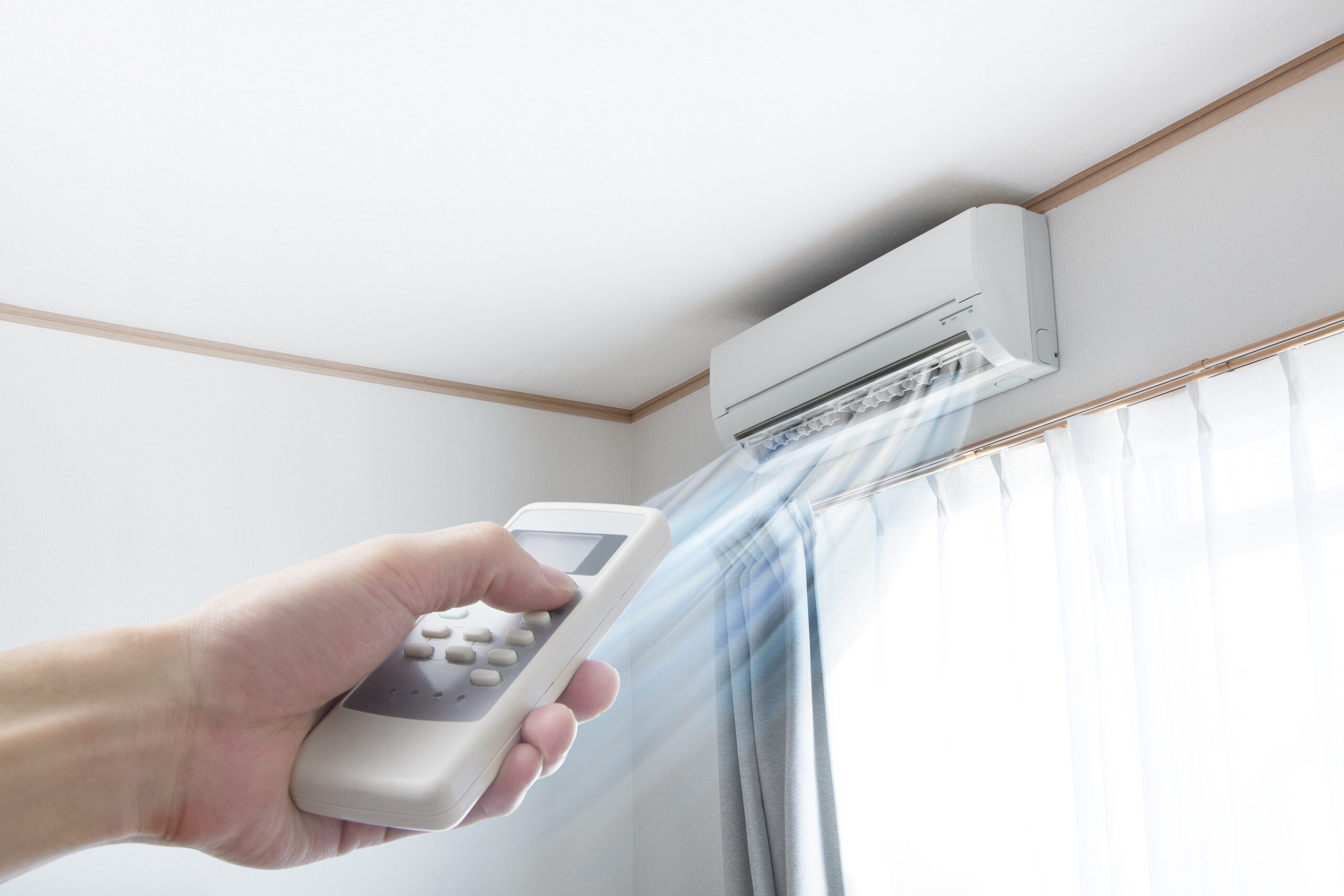How Long Should My Furnace Stay Off Between Cycles? A Guide
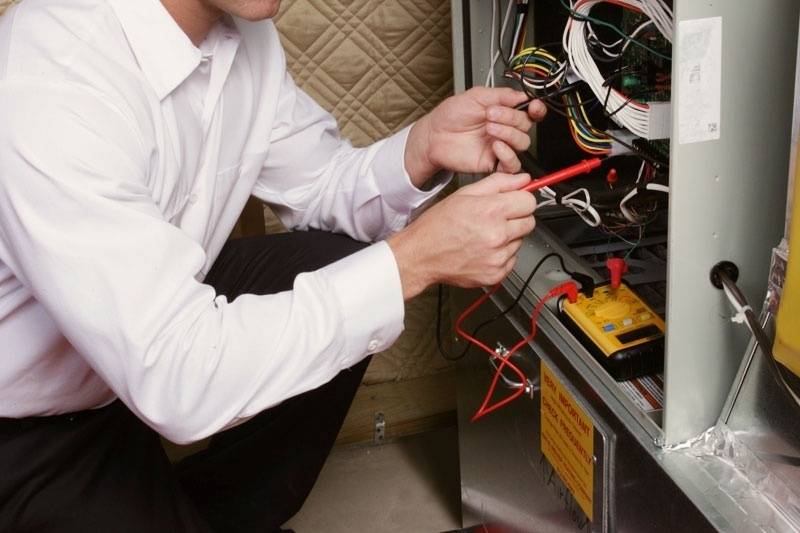
Most homeowners don’t give a short-cycling furnace much thought until it starts to occur. When customers contact us and ask, “How long should my furnace stay off between cycles?” or “Is it normal that my furnace cycles every 10 minutes?” we generally assume their furnace isn’t operating the way it should.
Most furnaces kick on and off between three to eight times an hour, depending on things like outdoor air temperatures, the furnace’s age, and how much insulation you have. That’s why, instead of asking how often a furnace should cycle, it’s best to stay alert to changes in how your furnace is running.
With winter fast approaching, now’s a good time to schedule maintenance services for your West Chicago home’s furnace. Blue Frost’s skilled technicians will inspect, clean, and lubricate your furnace and make minor repairs to reduce the risk of short-cycling once outdoor temperatures drop.
To schedule reliable service for your furnace or to learn more about short-cycling, call Blue Frost at (630) 444-0860 today.
Furnace Heating Cycle Run Time: Explained
Each furnace’s “normal” heating cycle run time differs based on the size and type of furnace, your home’s square footage, and the desired indoor temperature. Furnaces typically run for about 10 to 15 minutes in moderate weather. Extreme cold can result in longer cycle times.
Positive and negative factors that can affect furnace run time include:
- Sizing: A furnace correctly sized for heating the area operates more efficiently. A too-small furnace will run more frequently as it struggles to warm the entire house. A too-large one can short cycle, as it quickly heats the space before it can complete an entire heating cycle and then shuts off prematurely.
- Insulation: Well-insulated homes help reduce heat loss and need fewer cycles to maintain the desired indoor temperature. An under-insulated house allows heat to escape, making the furnace work harder and longer.
- Maintenance: Routine maintenance ensures your furnace operates optimally. Not performing regular checkups can result in dirty or clogged filters or blocked and leaky ducts, causing the furnace to run longer as it tries to distribute heat evenly.
- Thermostat: An older, manual thermostat can misread indoor temperatures and send incorrect signals to the furnace, affecting its cycle times. Installing a smart thermostat can optimize heating cycles.
What Is Short-Cycling & Why Does It Happen?
All furnaces are designed to turn on, heat your home to a set temperature, and turn off until the temperature drops enough to start the cycle again. When a furnace “short cycles,” it might run for a few minutes, shut off, and then restart a short time later. This can lead to reduced efficiency, uneven heating, and potential safety concerns due to the immense stress short-cycling can put on the furnace.
If you want to ensure your heating system runs efficiently, noticing how long between furnace cycles can help, as can:
- Scheduling regular inspections and maintenance.
- Replacing filters per the manufacturer’s recommendation.
- Addressing minor issues promptly to prevent wear and tear.
- Upgrading your home’s insulation and windows to reduce heat loss.
- Using a programmable or smart thermostat.
A qualified heating professional can provide the services and products you need to ensure your furnace’s efficient operation and appropriate cycle times.
Signs That Something Is Wrong With Your Furnace
Two conditions can lead to your furnace running more often than usual:
- Extreme outdoor temperatures require longer cycles to maintain internal warmth.
- A higher set thermostat temperature.
If neither of these apply to you, other causes of short-cycling might be:
- Blocked exhaust vents that affect the furnace’s pressure levels and cause it to shut off as a safety precaution.
- A corroded flame sensor that causes the system to shut off the gas supply and heating cycle.
- Overheating of components like the heat exchanger that triggers a safety shut-off.
- Air leaks throughout the house that let heated air escape, so the furnace must repeatedly fire up.
Identifying the exact cause of furnace short-cycling generally requires professional diagnosis and repair.
Schedule Furnace Repair With Blue Frost
West Chicago homeowners needing furnace repairs or other heating system services can put their trust in the professional team at Blue Frost Heating & Cooling. For over 50 years, we’ve delivered honest, quality HVAC solutions to the greater Chicago area using only the latest industry technologies.
Request Service
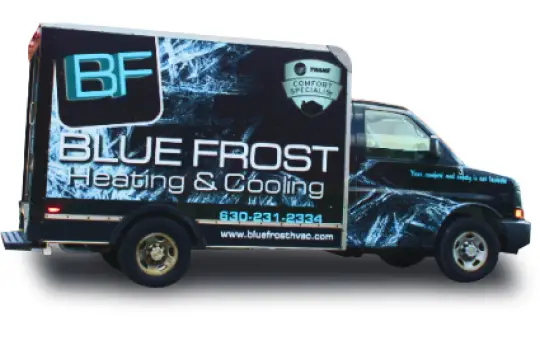
Our Process
Get to know our quick installation process of a device tailored to your needs
- In-Home Consultation
- Free In-Home Estimate Provided
- Timely Installation Scheduled
- Quality Installation Performed
- Enjoy Your Enhancement

